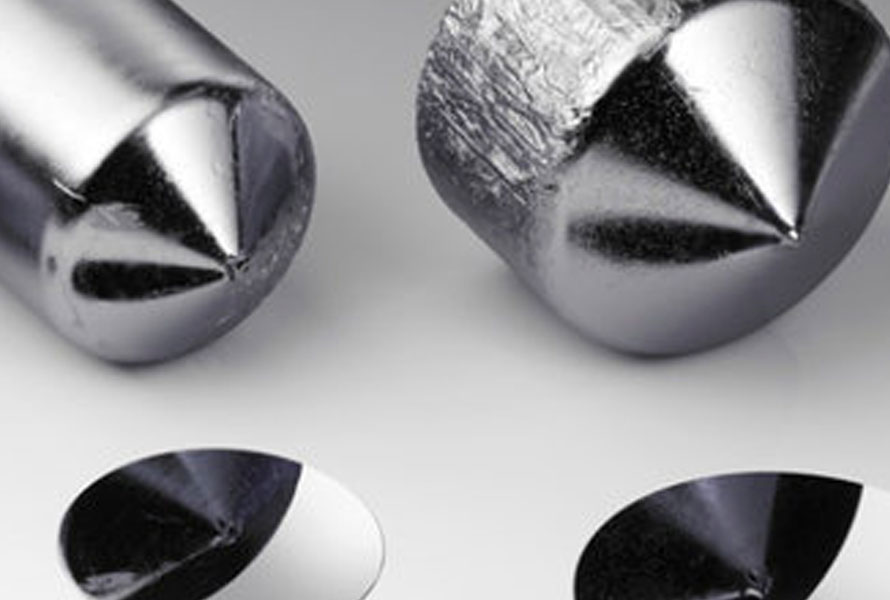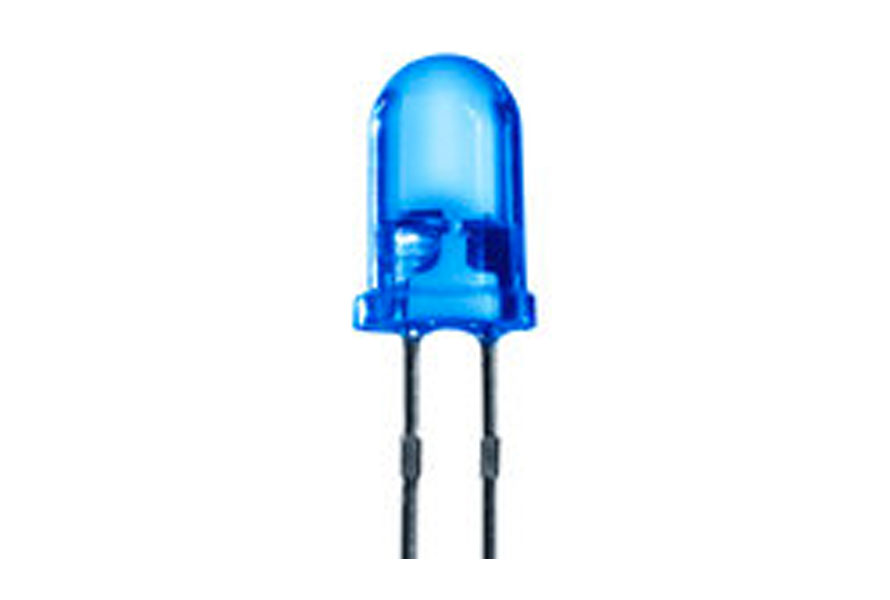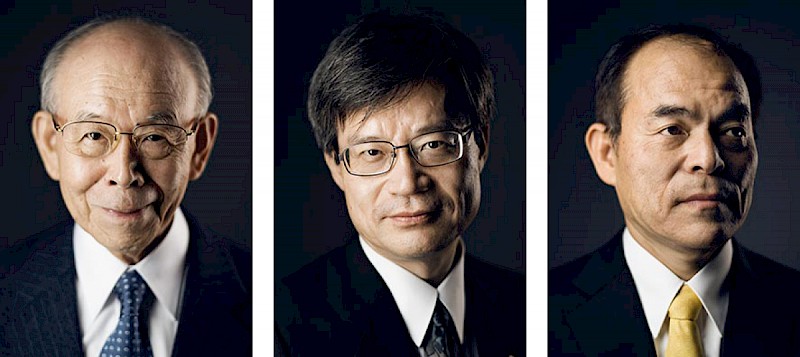Material for Nobel Prizes
Freiberger Compound Materials produces substrates from the compound semiconductor materials gallium arsenide, indium phosphide, and gallium nitride. Research into the underlying physics of how these materials behave electronically has been awarded two recent Nobel Prizes. Today all electronic communication and consumer electronic devices are enabled by the technologies derived from these findings.

2014 Nobel Prize for Physics Honors the Development of Blue LEDs
LEDs consist of thin semiconductor layers, to which a low voltage is applied. As a result, negative charge carriers (electrons) migrate from the cathode to the anode, whereas positive charge carriers (holes) migrate from the anode to the cathode. If these charge carriers meet, they combine, and light is given off, with the wavelength depending on the bandgap of the semiconductor involved.

White light can be generated by combining the output of red, green and blue LEDs, or by shining the output of a blue LED onto a photoluminescent material. While red LEDs have been available for almost 50 years, blue and green LEDs only emerged in the beginning of the 1990s.

The Nobel Prize was awarded to Isamu Akasaki, Hiroshi Amano, and Shuji Nakamura. - Winner of the Nobel Prize for Physics in 2014.
Photo: © Nobel Media AB. Alexander Mahmoud
They chose gallium nitride as the semiconductor material for their blue LEDs. The big challenge was to produce this material with a high enough quality, and with suitable doping. In 1986, Akasaki and Amano succeeded in producing a high-quality GaN crystal, and demonstrated their LED in 1992. Nakamura accomplished the same feat independently, but at the same time, using different, more economical methods. more information
2000 Nobel Prize for Physics Honors the Development of High-Frequency Circuits
Fast optoelectronic and microelectronic components, based on layered structures of compound semiconductor materials are found in many of today’s electronics. Mobile phones, fiber optic communication networks, CD players, barcode readers, laser pointers, etc. all utilize this type of device, as do the high brightness LEDs used in automotive brake lights, traffic lights, and increasingly in general lighting. These devices all rely on the use of at least two different semiconductor materials, and are called hetero-structures.

The Nobel Prize was awarded to Zhores Alferov (Ioffe Institute, Leningrad) and Herbert Kroemer (RCA Labs, Princeton). - Winner of the Nobel Prize for Physics in 2000.
Photo: © kojoku / Shutterstock.com
Kroemer published his ground-breaking findings about a hetero-transistor in 1957, where he indicated that it would be particularly suitable for high amplification and high frequencies. In 1963, Alferov and Kroemer independently proposed using heterostructures to produce semiconductor LASERs. more information